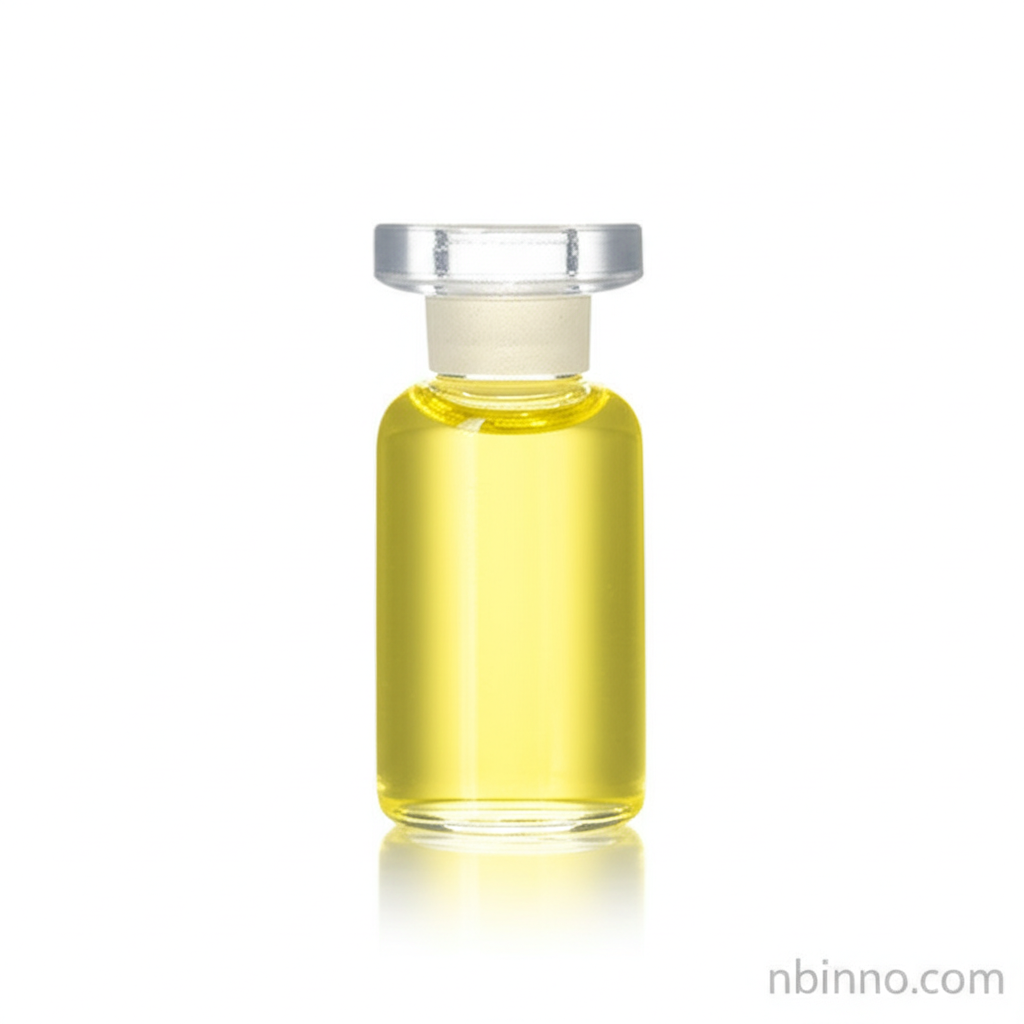2,6-Dimethylbenzenethiol CAS 118-72-9: A Key Aromatic Thiol for Flavor, Fragrance, and Chemical Synthesis
Explore the versatile applications of 2,6-dimethylbenzenethiol in flavor, fragrance, and advanced chemical synthesis.
Get a Quote & SampleProduct Core Value

2,6-Dimethylbenzenethiol
2,6-Dimethylbenzenethiol is a crucial aromatic thiol, serving as a vital intermediate in various chemical industries. Its unique structure, featuring a thiol group and two ortho methyl substituents, imparts valuable properties for advanced organic synthesis and the creation of specialized materials. This compound is recognized for its role in modulating aromas and its efficacy as a ligand in coordination chemistry.
- Explore the synthesis of sulfur-containing organic compounds and understand the 2,6-dimethylbenzenethiol CAS 118-72-9 uses in fine chemical production.
- Discover how 2,6-dimethylbenzenethiol acts as a key intermediate for pharmaceuticals and agrochemicals, driving innovation in these sectors.
- Learn about the application of 2,6-dimethylbenzenethiol as a ligand in coordination chemistry, enabling advancements in catalysis and material science.
- Investigate the role of this aromatic thiol in the flavor and fragrance industries, contributing to unique sensory profiles.
Key Advantages
Reactive Thiol Group
The reactive thiol (–SH) group in 2,6-dimethylbenzenethiol allows for diverse chemical transformations, making it an excellent building block for introducing sulfur into organic molecules. This characteristic is invaluable for custom synthesis requirements.
Steric and Electronic Influence
The ortho methyl groups on the benzene ring provide steric hindrance and influence the electronic properties, offering enhanced selectivity in chemical reactions and contributing to the performance of ligands in catalysis.
Versatile Ligand Properties
As a soft sulfur donor, 2,6-dimethylbenzenethiol forms stable complexes with transition metals, crucial for applications in catalysis, analytical chemistry, and metal recovery processes.
Key Applications
Flavor & Fragrance Intermediates
Used as a key intermediate in the creation of specific flavor and fragrance profiles, contributing unique notes to various products.
Organic Synthesis
Serves as a versatile intermediate in the synthesis of pharmaceuticals, agrochemicals, and other specialty organic compounds, leveraging its reactive functional groups.
Coordination Chemistry
Functions as an effective ligand for transition metals, facilitating the development of catalysts and materials with specific properties.
Polymer and Rubber Industry
Can be employed as a vulcanization agent or modifier in rubber processing and as an intermediate for polymer stabilizers, enhancing material performance.
Related Technical Articles & Resources
Why Choose Us?
Leverage our expertise and state-of-the-art infrastructure to accelerate your journey from discovery to commercial success.
Global Experience
With 20 years of R&D, manufacturing, and sales experience, we proudly serve clients across 60 countries and regions worldwide.
Advanced Facilities
Our in-house R&D laboratory, pilot platform, and large-scale production workshop are equipped to meet the audit requirements of global customers.
Seamless Scalability
We facilitate a perfect transition from small-scale lab requirements (grams) to full commercialization (hundreds of tons).
